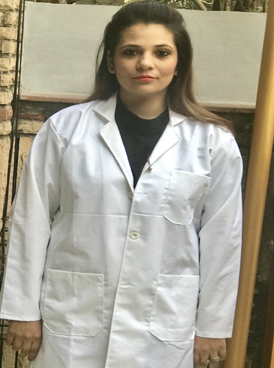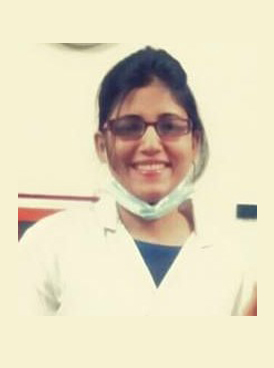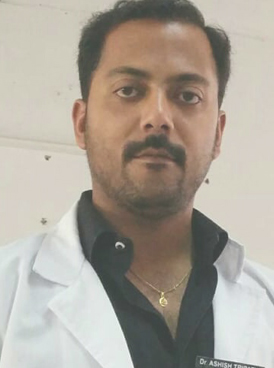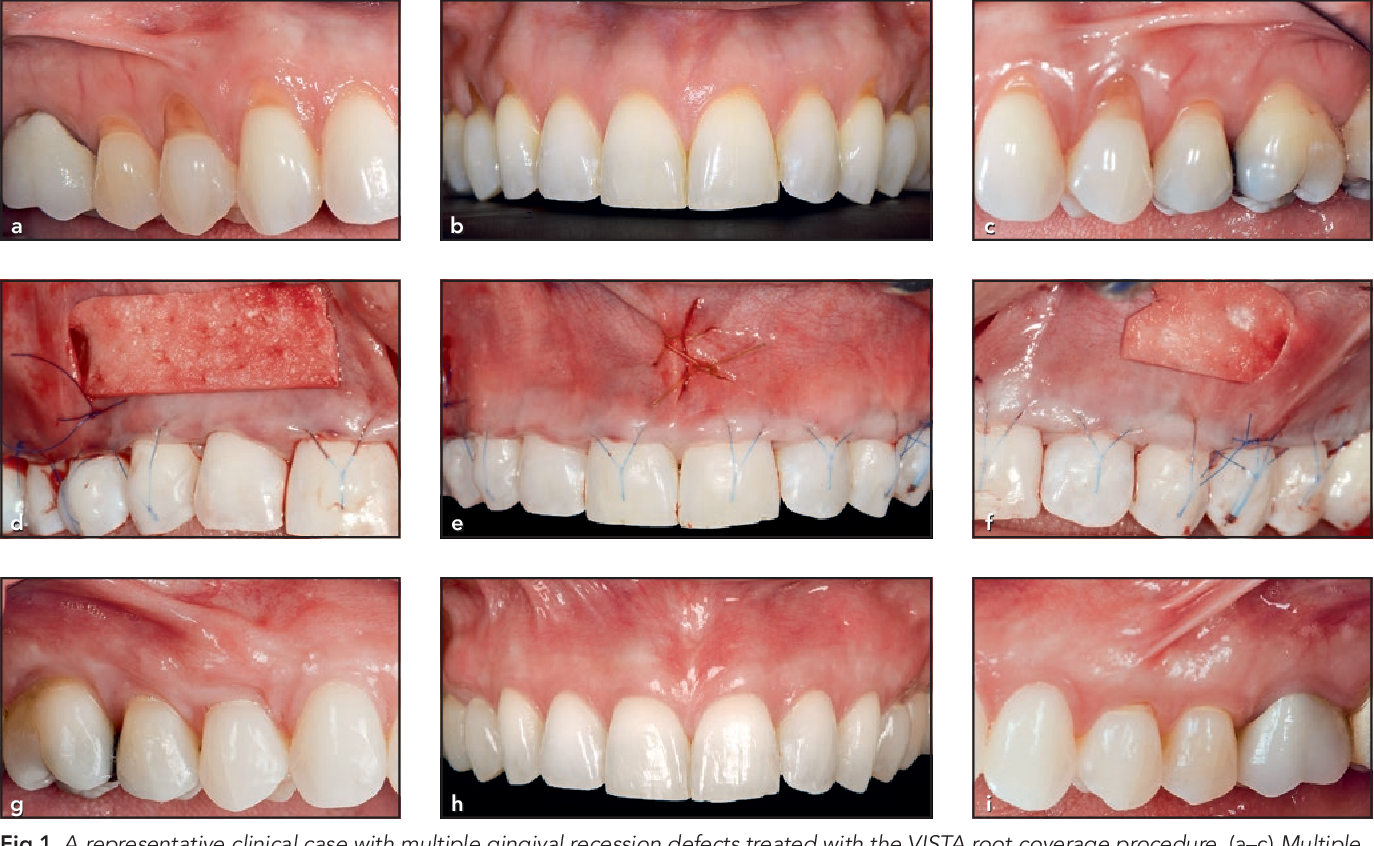
Vestibular Incision Subperiosteal Tunnel Access (VISTA)- A safe and effective technique for accessing teeth and bone with minimal discomfort and downtime.
Vestibular Incision Subperiosteal Tunnel Access (VISTA) is a minimally invasive surgical technique that has gained popularity in recent years for its ability to provide access to the underlying bone without raising a full-thickness flap. The VISTA procedure involves creating a subperiosteal tunnel in the gingiva (gum tissue) to access the root surfaces of teeth for thorough cleaning and removal of diseased tissue.
Traditionally, periodontal surgeries involved raising a full-thickness flap to access the underlying bone. However, this technique can be traumatic to the surrounding soft tissues and result in postoperative discomfort and swelling. Additionally, the flap procedure can lead to an unsightly appearance of the gums and affect the aesthetic appearance of the teeth.
VISTA is a flapless technique that involves creating a small incision in the gum tissue at the front of the tooth, called the vestibule. A tunnel is then created under the gum tissue, and a special tool is used to elevate the periosteum (a layer of tissue that covers the bone) without damaging the surrounding soft tissues. This provides access to the underlying bone, allowing the surgeon to perform the necessary procedures.
VISTA is commonly used in periodontal surgeries to treat gum disease, as well as in implant surgeries to prepare the implant site and place the implant. However, not all patients are suitable candidates for VISTA, and the decision to use this technique should be made on a case-by-case basis. The VISTA technique is often used in conjunction with regenerative periodontal procedures, such as bone grafting or guided tissue regeneration, to promote the growth of new bone and soft tissue around the teeth.
The advantages of the VISTA technique include reduced postoperative discomfort, less swelling, and faster healing times compared to traditional periodontal surgery techniques. Additionally, the VISTA technique allows for more precise and thorough cleaning of the root surfaces, which can lead to improved treatment outcomes for periodontal disease. Additionally, it can preserve more of the patient's gum tissue and maintain the aesthetic appearance of the teeth and gums. However, not all patients are suitable candidates for VISTA, and the decision to use this technique should be made on a case-by-case basis.
If you are considering periodontal therapy, it is important to discuss all available treatment options with your dental professional to determine the best course of action for your individual needs.
In conclusion, Vestibular Incision Subperiosteal Tunnel Access (VISTA) is a minimally invasive surgical technique that can provide access to the underlying bone without raising a full-thickness flap. This technique has gained popularity in recent years for its ability to reduce postoperative discomfort and swelling and maintain the aesthetic appearance of the teeth and gums. However, the decision to use this technique should be made on a case-by-case basis by a trained and experienced dental surgeon.
Our Doctors
SMILE IN MINUTES Dental Care Doctors

Dr. Priyanka
Sr. Dental Surgeon

Dr. Mowmita Barik
Dental Surgeon (BDS)

Dr. Sapna
Dental Surgeon (BDS)

Dr. Md. Shoaib
Dental Surgeon (BDS)

Dr. Rubiya
Dental Surgeon (BDS)

Dr. Kuldeep
Dental Surgeon (BDS)

Dr. Ribhu
Dental Surgeon (BDS)

Dr. Sonam Tonger
Dental Surgeon (BDS)

Dr. Chanderalata
Dental Surgeon (BDS)

Dr. Neha
Dental Surgeon (BDS)

Dr. Priyanka Arora Sethi
Dental Surgeon (BDS)



